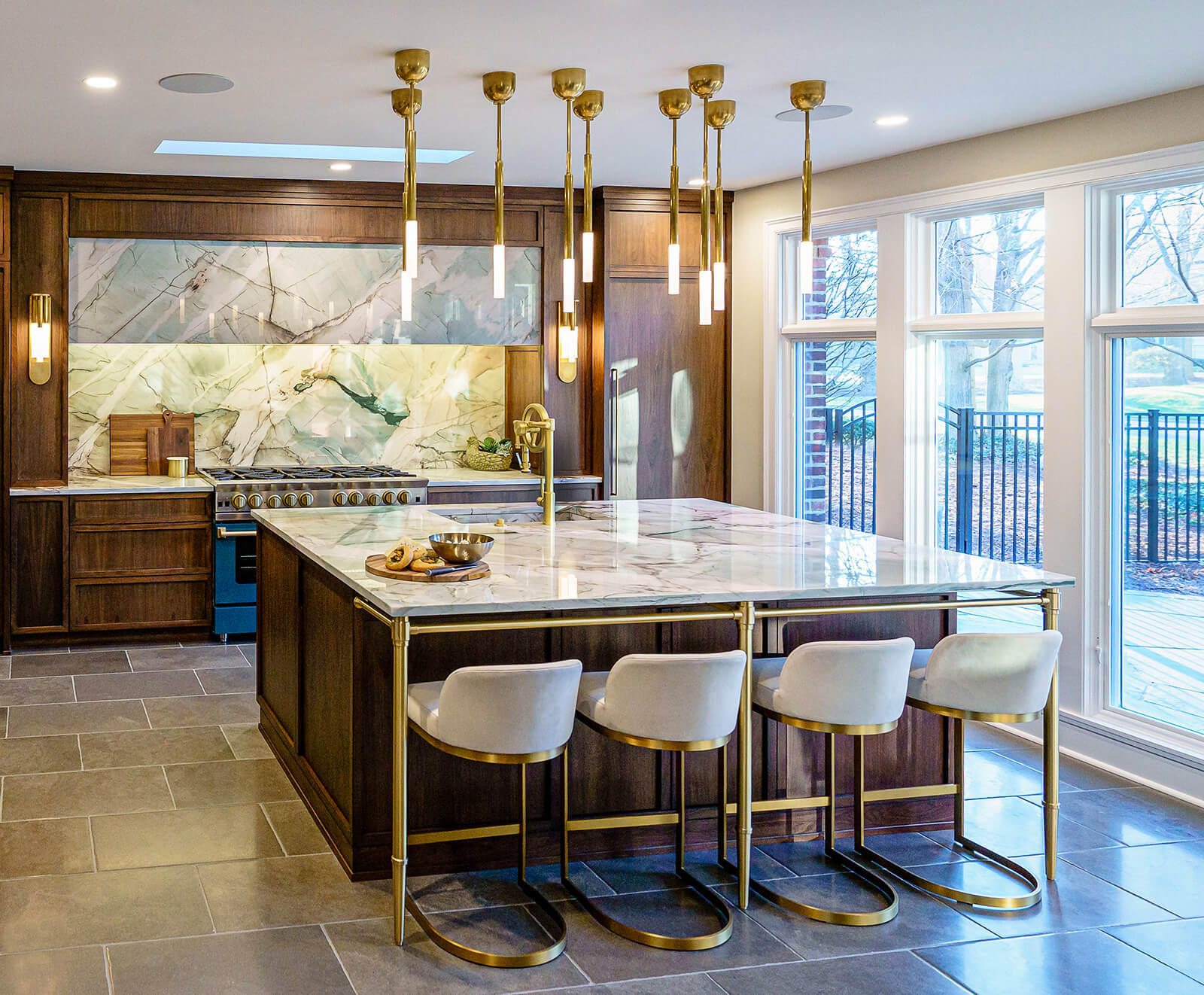Update Your Kitchen's Aesthetic with Premium Legs For Kitchen Island
Update Your Kitchen's Aesthetic with Premium Legs For Kitchen Island
Blog Article
Important Variables to Think About When Choosing Legs For Kitchen Island
Selecting the proper legs for a kitchen island includes a mindful assessment of numerous factors that can substantially influence both performance and visual appeal. As we check out these components, it becomes clear that each choice can have far-ranging implications for the general cooking area experience.
Material Options
When choosing legs for a cooking area island, understanding the various product alternatives is essential for attaining both visual allure and architectural honesty (Legs For Kitchen Island). The option of material dramatically influences not just the durability of the island however additionally its overall design and performance
Timber is a popular option, providing warmth and convenience. Strong woods, such as oak or maple, provide strength and can be discolored or painted to match the kitchen area decoration. Steel legs, usually made from stainless steel or wrought iron, contribute a modern and industrial feel while guaranteeing sturdiness and stability. These materials are resistant to use and can support substantial weight, making them perfect for larger islands.
One more choice is engineered materials, like MDF or plywood, which can be more cost-efficient while still supplying a variety of surfaces. They might not supply the exact same level of security as solid timber or steel. Legs For Kitchen Island. Lastly, materials such as acrylic or glass can develop a contemporary look, though they might require added assistance to guarantee security.
Ultimately, the option of material for kitchen island legs must align with the wanted performance and the overall style of the kitchen.
Design and Design

When taking into consideration design, the form and surface of the legs are important. Conical legs can supply a feeling of agility and sophistication, while thicker, more robust legs can communicate stamina and stability. Additionally, the finish-- be it repainted, tarnished, or all-natural-- must match the cabinets and countertop materials to develop a unified appearance.
Additionally, the style of the legs can also reflect individual preference. Customized or decorative legs, such as those featuring detailed makings or distinct geometric shapes, can offer as focal factors, adding personality and individuality to the kitchen area. Ultimately, the appropriate option will not just improve functionality yet likewise elevate the visual charm, making the kitchen island a standout attribute of the home.
Elevation Considerations
Choosing the proper height for kitchen area island legs is critical, as it directly affects both capability and comfort. The common elevation for a kitchen area island commonly ranges from 36 to 42 inches, lining up with usual kitchen counter heights.

It is likewise necessary to account for individuals' heights and choices. Personalizing the height can make certain a comfortable experience for all member of the family, making the kitchen island an extra pleasurable and functional room.
Weight Assistance
Guaranteeing ample weight support for cooking area island legs is crucial for both safety and performance. The cooking area island commonly serves several objectives, including food prep work, dining, and extra storage space, requiring a durable support structure. When picking legs, it is essential to take into consideration the overall weight capability called for based on the island's meant usage and the materials that will be positioned on it.
The choice of material for the legs plays a substantial role in their weight-bearing capabilities. Strong timber, metal, and heavy-duty composites usually provide remarkable toughness contrasted to lighter materials. Additionally, the style of the legs-- whether they are right, tapered, or have a pedestal kind-- can influence their ability to disperse weight properly throughout the structure.
Furthermore, the leg placement must be purposefully planned to enhance stability. Legs positioned at the corners or with a broader base can much better sustain larger lots. Constantly consult the producer's specs relating to tons limitations to make certain that the legs can maintain the desired weight without endangering safety and security. In recap, picking cooking area island legs with ample weight assistance is crucial for developing a secure and useful culinary area.
Setup and Maintenance
Proper installment and maintenance of cooking area island legs are crucial for making certain durability and security. This commonly involves safeguarding the legs to the island base using proper fasteners, making sure that go to my blog the legs are degree and lined up.
As soon as installed, routine upkeep is required to maintain the integrity and appearance of the legs - Legs For Kitchen Island. For wood legs, periodic cleaning with a moist towel and application of suitable wood gloss can prevent wetness damages and keep their finish. Metal legs might call for a gentle cleaning option to remove grease and gunk, adhered to by a completely dry cloth to stop corrosion development
In addition, inspect the legs frequently for indications of wear or damages, such as fractures or loosened joints. Tightening up screws or screws as required can likewise extend the life expectancy of the legs. By sticking to these setup and maintenance methods, house check these guys out owners can make sure that their kitchen area island stays strong and visually appealing for many years to find.
Conclusion

Visual comprehensibility is paramount in choosing the style and style of legs for a cooking area island, as these components greatly influence the overall ambiance of the space. Tapered legs can offer a sense of lightness and sophistication, while thicker, a lot more durable legs can share toughness and security.Picking the ideal elevation for cooking area island legs is critical, as it straight influences both capability and convenience. In recap, picking kitchen area island legs with appropriate weight assistance is necessary for producing a risk-free and practical culinary space.
In verdict, picking legs for a cooking area island necessitates careful factor to consider of numerous aspects, consisting of material options, design, elevation, weight support, and installation.
Report this page